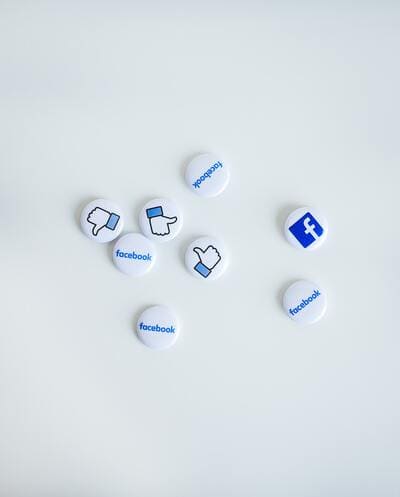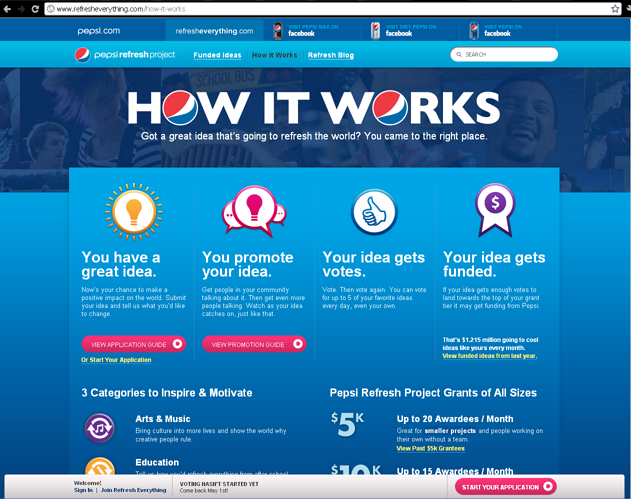The enormous power of the consumer
published on 09.09.20
Apple or Huawei? Burger King or McDonald’s? Pepsi or Coca-Cola? Amazon or the shop next door? Every day we decide which brands to buy and where to buy them. With these decisions, not only can we position ourselves as consumers, we can also change, improve, worsen and, especially, exert an influence on the power of brands. And what happens if we also consider the social networks? Answer: our power as consumers soars.

Only a few years ago, we were able to study and analyze two business trends which were re-orientating the business world. One was the growing fascination for finding out how the social networks could be exploited to amplify the marketing of a brand. The other was the increasing pressure on companies to make them more socially responsible and to oblige them to reconsider their role in society. Now, everything has accelerated exponentially, so that what used to trend are now, indisputably, realities which affect not only the brands but also our DNA as consumers. This enormous change in our manner of thinking and consuming has been enough to cause profound changes in commercial structures and procedures.
Social media. A powerful tool
In fact, the social networks are, or could become, a growing force for global transformation on a small or large scale, led by socially-aware consumers who want to use their voices and their buying power to curtail unsustainable business practices and subdue imprudent capitalism. The social networks are therefore a powerful tool which consumers can use to influence business attitudes and force companies to accept greater social responsibility, thus ushering in a more sustainable form of capitalism.

Thanks to the internet, our lives are now immersed in two-way communication. This change of paradigm has led to a dramatic increase in the power of the consumer, because, now, consumers can not only interact with other brands, they can even form networks with other consumers to influence the ‘message’ of the brand and the way in which it is perceived. Moreover, this power of consumers has also increased because they can now obtain information about companies and the legal aspects involved.
Some analysts believe that power relationships have been completely reversed, which would mean that the consumer’s power is dominating the power of the brands, whilst others claim that the power of the brands persists. Examples such as the forum created by Nutella for the exchange of ideas, or the Lay’s brand, which regularly invites its consumers to suggest flavours, are obviously ‘win-win’ models which generate synergies and mutual benefits. By contrast, other cases involving power are those in which consumers try to boycott brands, as they did this summer with the Nissan dealerships in Spain. But how much power do consumers really exercise? Is brand power still winning today? Using two cases as examples, we are going to discuss these questions in order to shed a little light on this new marketing environment.
How brands use social media
Case 1: PEPSI REFRESH PROJECT
More and more consumers are gravitating towards companies which use the social networks to discuss social matters with them. The best-known example of this was the ‘Pepsi Refresh Project’ project, which used crowdsourcing to invite consumers to contribute ideas and vote for the best ones, while PepsiCo contributed the financing.

How did all this begin? Against all expectations, this company decided not to show itself as the advertiser in any form of advertising for any of its brands during the 2010 Super Bowl. Instead of investing $20 million in that event, the Company decided to donate those funds to support social responsibility projects. Those donations, of amounts between $5,000 and $250,000, were made to the organizations and individuals whose projects received the largest numbers of votes in the social networks. The concept: ideas to make the world a better place to live in.

But we must tell the full story. Although there was widespread acceptance in the social networks and a strong positive impact on society in general, real consumer engagement was missing (although many people had voted, a lot of them admitted that they didn’t drink Pepsi), and the sales of PepsiCo fell that year to the third position, something that had not happened for 20 years. In other words, although it was a good branding idea which showed that the brand belonged to a responsible company which empowered the consumer, as a marketing strategy it was not successful at all because it was aimed at a mere 12% of its target market.
This case was doubly famous because it gave power to the consumer and because the brand was visibly socially responsible. Nevertheless, and on the other hand, as we have already mentioned, consumers are also capable of initiating widespread protests via the social networks, urging others to abandon companies which refuse to act responsibly, as we shall see in Case 2, which follows.
Case 2: BARILLA
A few years ago, Guido Barilla, the CEO of Barilla, granted a live interview to the Italian radio station Radio24, in which he asserted that he would never consider portraying homosexual couples in Barilla’s advertisements, because the brand’s image was only compatible with the traditional family. He even made this assertion worse by recommending that consumers who did not share his ideas should eat pasta of other brands.
With these insulting statements, he opened the virtual battleground for the fight between the power of the brand and the power of the consumer. Critics in the social networks expressed themselves in tweets marked with the hashtags: #boicottabarilla, #barilla y #boycottbarilla, publications in Facebook, comments in blogs, and ironic pictures and videos.

The buzz which began in the Italian social networks became a worldwide issue, and within a few hours it was dominating the whole of the internet. As a result, the brand was seriously damaged, which the Company is still trying to rectify by emphasising diversity in its current communications.

The case of Barilla illustrates the new paradigm in marketing, in which the power of the consumer dominates the power of the brand. As a result, the consumer assumes an active role with the power to influence the message of the brand and to reduce its power.
Conclusion
Brands must adapt to the new environment by adopting a collaborative approach instead of ignoring or defending the consumers. Collaboration enables brands to obtain free information about consumers, to manage their databases qualitatively and to establish a more profitable marketing strategy. In addition, companies are well-advised to adopt an approach that is proactive and responsible, because of the many social benefits that this produces, and to protect the brand from being attacked by consumers. In other words, companies must show a proactive attitude based on corporate social responsibility, since consumers in this era of post-modernity set great store by ethical behaviour.

Thanks to the web 2.0 environment, consumers can team up, attack or praise different brands using the tools of the social networks. The way in which the social networks are evolving towards becoming a strong mechanism for social transformation is clearly visible. Enlightened consumers use the social networks to organize themselves around shared values so as to initiate effective movements. In other words, the social networks provide them with the perfect sounding board through which to share ideas, as well as a means of castigating irresponsible corporate behaviour.
Finally, brands should not regard consumers as their enemies, nor the marketing environment as a battleground. The consumer is still a player whose needs must be satisfied in order to obtain profits. Collaboration between consumers and brands can give more power to both parties. The companies that are driven by a social purpose are the ones that attract growing ranks of consumers who want companies to take seriously the idea of building a better world.
Author: Joan Margarit, a Marketing and Communication analyst.
In addition to the core elements of the program, the MSc in Brand Management and Creativity at TBS Education places significant emphasis on the strategic use of social media. Recognizing the critical importance of digital platforms in brand building and management in today’s world, the master’s program equips students with advanced skills to create, manage, and optimize brand strategies on social media. Students learn to analyze and utilize social media data to better understand consumer preferences and behaviors, as well as to develop creative content and campaigns that resonate with the target audience. This comprehensive approach ensures that graduates are well-prepared to face challenges and seize opportunities in the dynamic landscape of digital marketing.
Learn more about our MSc Brand Management program:
